Address: Near Popular Hospital, Kakarmatta, Varanasi
Call : +91 7317595004
DharmaaLife Science • Cultural Heritage • Ayurveda
Heritage of Ayurveda
At DharmaaLife Science, we celebrate Ayurveda — literally "science of life" — a millennia-old system of medicine originating in the Indian subcontinent. This page summarizes its history, core concepts, classical texts and living traditions through imagery.
Learn the roots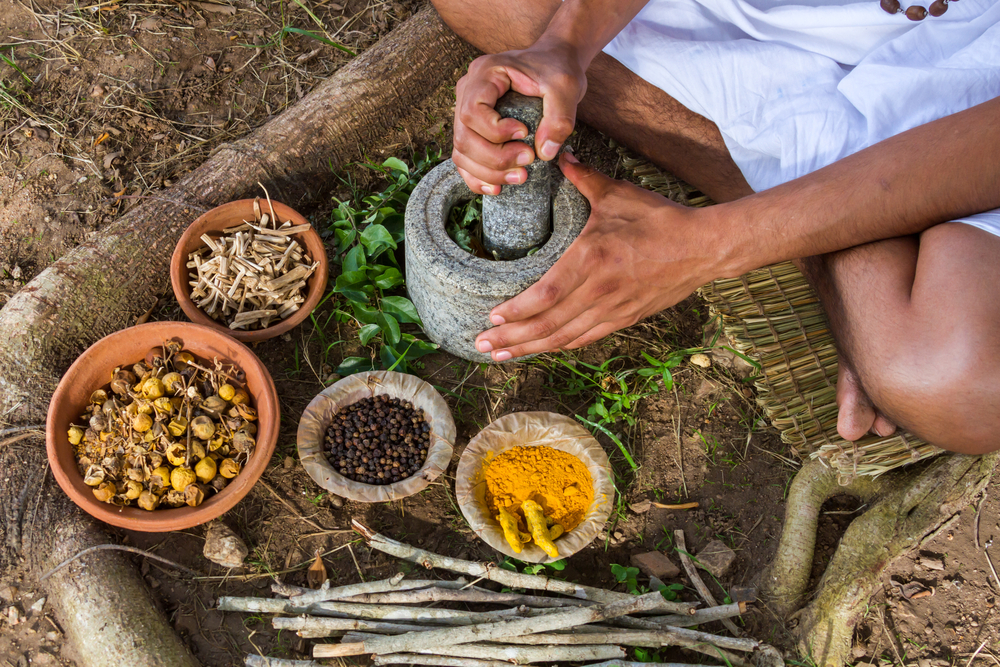
A quick timeline
c. 1500–1000 BCE — Vedic roots
Early references to healing, medicinal plants and ritual care appear in the Vedas. Ayurveda develops by synthesizing practical healing knowledge with philosophical systems.
c. 600 BCE — Classical texts
The foundational compendia — Charaka Samhita and Sushruta Samhita — are compiled. They describe diagnosis, dietetics, surgery, and the theoretical basis of the three doshas: Vata, Pitta and Kapha.
Medieval to Early Modern period
Ayurvedic practice is transmitted across regions, integrating regional herbs and local medical knowledge. Manuscripts, commentaries and clinical traditions flourish.
19th–21st century — Revival & global spread
Colonial pressures, followed by 20th-century revival movements, led to renewed institutionalization, research and worldwide interest in Ayurvedic therapies and herbal products.
Core ideas
Ayurveda views health as balance between body, mind and environment. It emphasizes individualized care: diet (ahara), daily routine (dinacharya), herbs (oushadha), purification (panchakarma) and ethical living.
The three doshas
Vata (movement) — associated with air/ether; Pitta (transformation) — fire/water; Kapha (structure) — earth/water. Health is balance of these principles.
Classical texts
Key works include Charaka Samhita, Sushruta Samhita (surgical treatise) and Ashthanga Hridaya. These mix empirical observation with ethical and philosophical frameworks.
Gallery — living heritage
A few images that capture Ayurveda's tools, herbs and traditions. Images are illustrative and come from creative commons/unsplash feeds for quick prototyping.
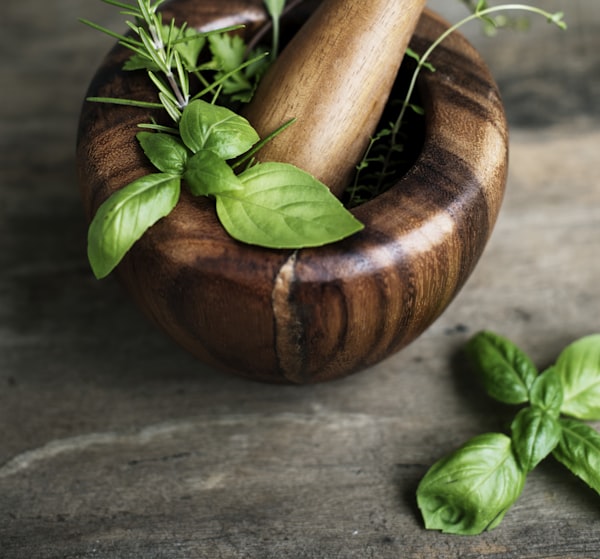
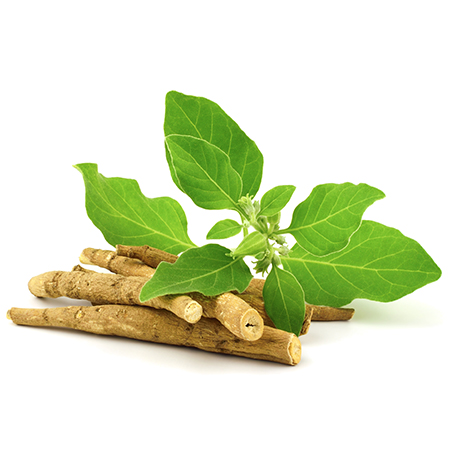
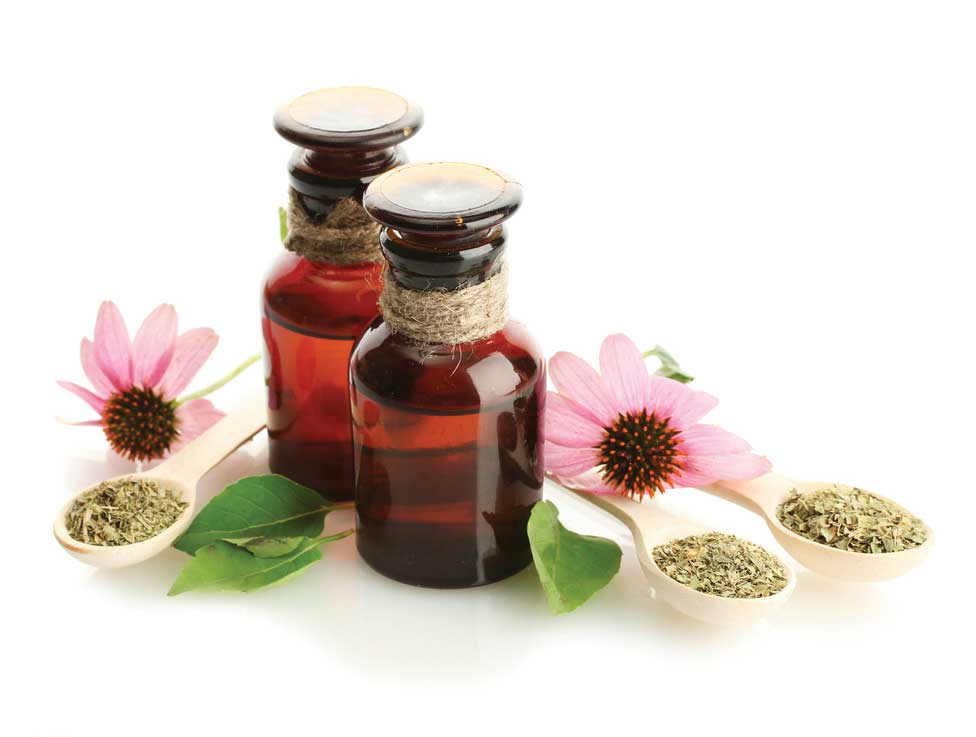
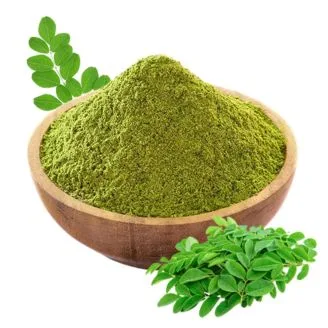
Why it still matters
Beyond nostalgia, Ayurveda offers a holistic, preventive framework that highlights lifestyle, nutrition and the medicinal value of plants. Modern research explores active compounds in herbs, while traditional approaches inform integrative health practices around the world.
Quick resources
- Explore translations of the classical texts for historical context (Charaka, Sushruta).
- Look for peer-reviewed phytochemical and clinical trial literature when evaluating specific herbal treatments.
- Consult practitioners for personalized advice — Ayurveda emphasizes individualized care.
© 2025. All right reserved. DharmaaLife Science | Designed & Developed By T S Technology
